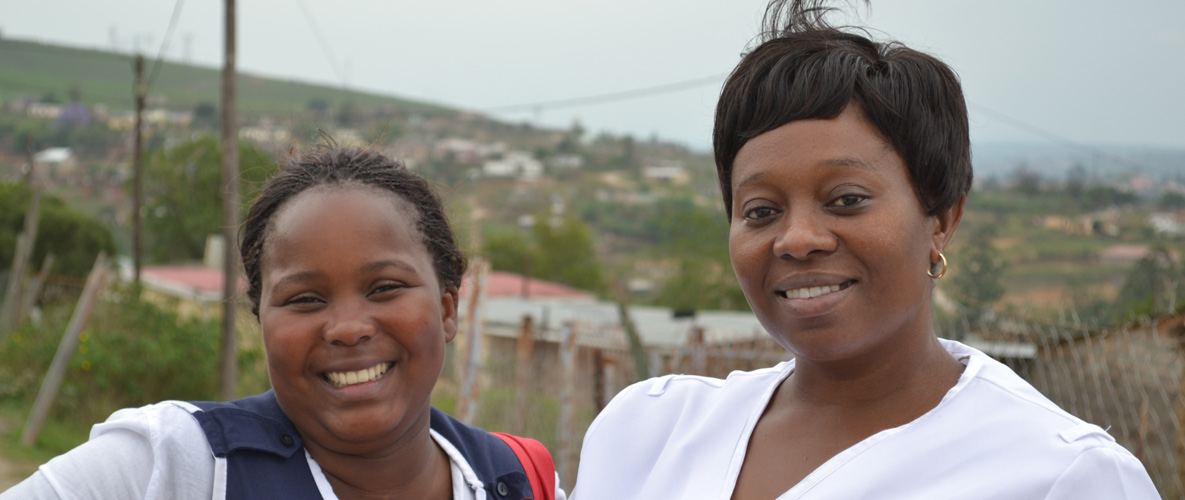The South African government recently reported that around 6.5 million job opportunities have been created through its Expanded Public Works Programme (EPWP) since 2004.

This should be good news given the high levels of unemployment in South Africa, especially for women, who are disadvantaged in the job market and are specifically targeted by the programme.
But these claims of excellent outcomes should be tempered given some worrying problems with the programme. These need to be urgently addressed to avoid the unintended exploitation of women desperate to survive.
The dual need for job creation and investment in public services (such as road maintenance) is what drives public works programmes worldwide. While in South Africa the system of social grants is the largest and most successful social protection programme, the EPWP is designed to respond to the needs of working age adults. Most aren’t eligible for social grants unless they have a disability that prevents them from working.
The public works programme is a social protection mechanism which creates paid work opportunities for large numbers of unemployed people, primarily women and youth. It provides them with both skills and work experience. This is to help them find work or start their own enterprises after they’ve exited the programme.
What’s working well
The programme is split into four very different sectors. To uncover the specific outcomes for women, it’s useful to focus on the social sector. This was born from an innovative idea that the lack of services in the early childhood development and home based care sectors (among others) could possibly be met by a public works programme.
A second positive feature is the inclusion of care work. This offers recognition of care, usually of children, sick people, and the elderly, as an important public good, that contributes to the well-being of society. These tasks, largely performed by women, often remain invisible and under-valued, even though they are critical to a healthy and productive society.
Thirdly, the social sector has trained more public works programme beneficiaries than the other three sectors which ultimately contributes to the gaining of legitimate qualifications. Participants are positive about the skills they’ve gained and the dignity and personal accomplishment this provides.
Finally, the cash stipends contribute to household incomes.
What isn’t working
Some critical flaws suggest that the programme is creating pockets of disadvantage and exploitation. An inherent problem is that an evaluation of the outcomes is severely hampered by weak monitoring and data management systems.
Claims of numbers of job opportunities created, the number of participants trained and, the details and locations of the delivery of services are based on questionable information. This is because data is inconsistently recorded.

